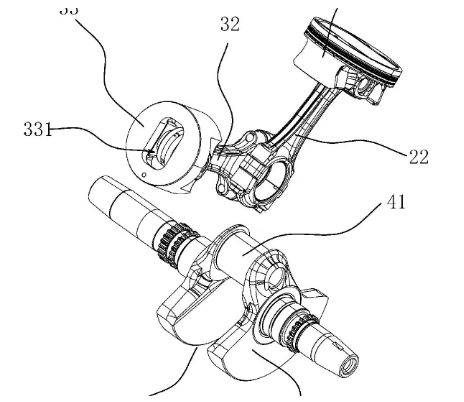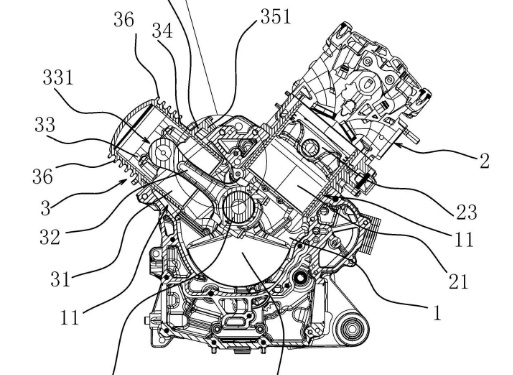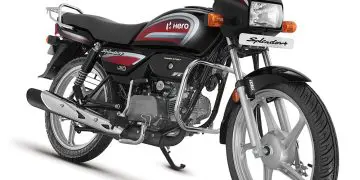Normally, we define an engine by its number of cylinders: single-cylinder, twin-cylinder, three-cylinder, and four-cylinder are all common. However, a new design from Chinese company QJMotor throws these definitions out the window, as it has only one “active” cylinder, but is also a V-twin with a second cylinder and piston used only as a counterbalance.
The idea of converting a twin-cylinder into a single is not new. Ducati created its famous Supermono in 1990 by cutting off the rear cylinder of its Desmoquattro twin-cylinder. The Italian company kept the V-shaped crankshaft and even retained the rear connecting rod, connecting it to a weighted linkage system that replicated the missing rear piston mass and provided the necessary balance for the engine to accelerate more and produce more power.
During the development of the Supermono, Ducati considered keeping the rear cylinder and simply deactivating it by removing the cylinder head, but decided that the additional friction of an extra piston moving in the bore would undermine too much power. The final design ended up reducing friction and made the engine more compact. Now, Chinese company QJMotor is exploring the original idea, filing patent applications for a single engine with an inactive second cylinder and a piston mounted 90 degrees from the main cylinder.


But it’s not just a V-twin with the rear cylinder head removed. In QJMotor’s designs, the second cylinder has a much smaller bore than the active one, with a weighted piston specifically designed as a balancer. The piston itself has a large hole in the middle to avoid unnecessarily compressing the air, and the inactive rear cylinder is cast as a single piece with the head to keep the engine sealed.
The advantage is the same as the Ducati Supermono, since the engine’s balance is the same as a 90-degree V-twin, without the addition of balancing shafts or other weights. The QJMotor patent specifically states that the engine is intended to be used in motorcycles, but does not reveal its capacity or the type of motorcycle it is intended for. It remains to be seen whether this is an intelligent solution or a dead end in terms of engineering, but the patent shows that China’s motorcycle industry, with its reputation for copying instead of innovating, is expanding its R&D capabilities.








